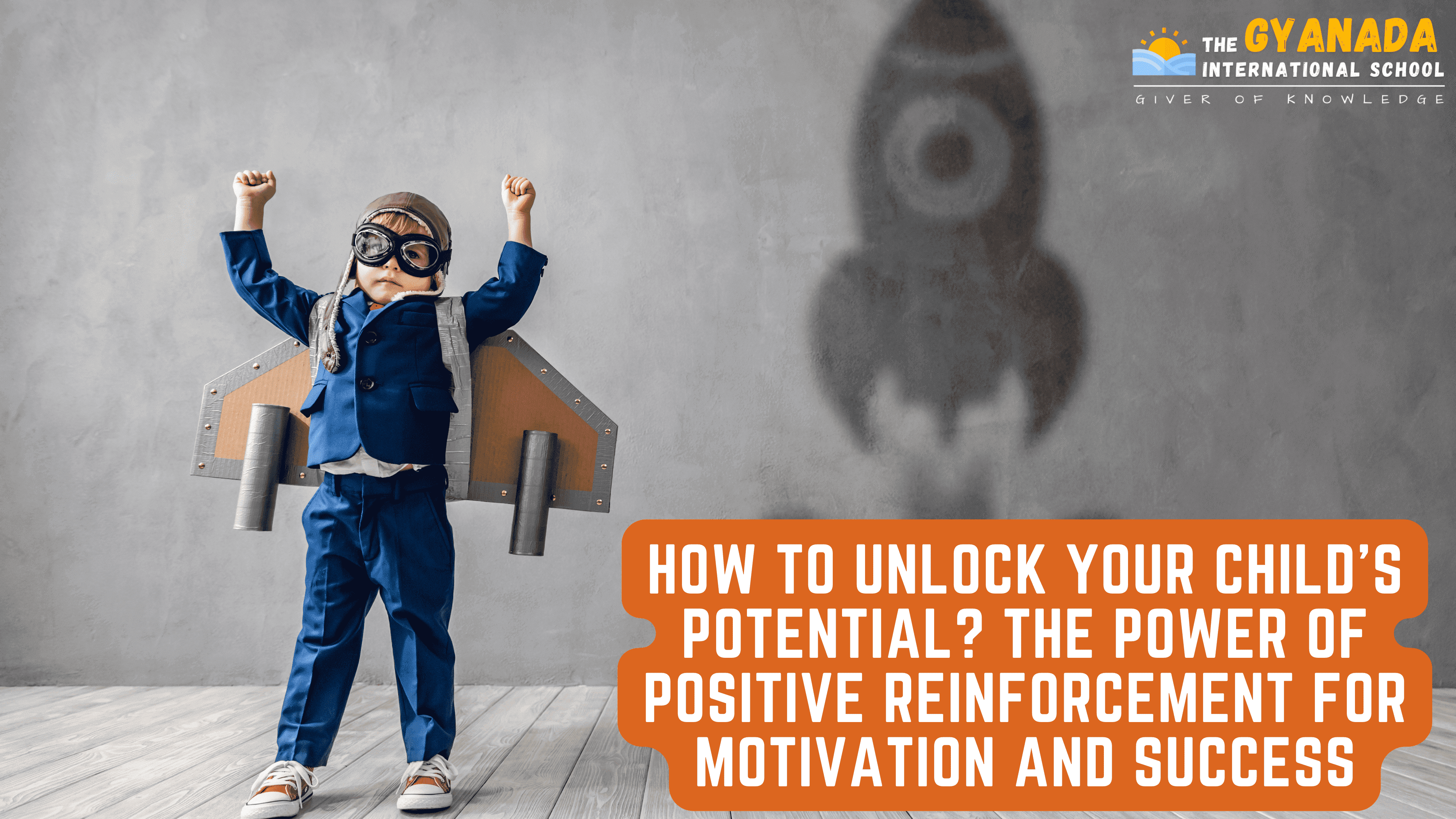
How to Unlock Your Child's Potential? The Power of Positive Reinforcement for Motivation and Success.
As parents, we want our children to succeed in all aspects of their lives. We want them to excel in school, sports, and their personal goals. One way to motivate your child to achieve their best is through positive reinforcement. This powerful tool can be used to encourage and motivate your child to succeed. In this blog, we will explore the power of positive reinforcement and how parents can use it effectively.
What is Positive Reinforcement?
Positive reinforcement is a technique used to encourage desirable behavior by rewarding it with something pleasurable or desired. It is an effective method to motivate children to repeat good behavior. Positive reinforcement is the opposite of punishment, which is used to discourage undesirable behavior.
Positive reinforcement can be in the form of verbal praise, tangible rewards, or privileges. For example, if your child scores well on a test, you can reward them with their favorite meal or a toy they’ve been wanting. Similarly, if they display kindness or generosity towards others, you can praise them and show appreciation for their actions.
How Positive Reinforcement Works?
Positive reinforcement works by strengthening the connection between the behavior and the reward. When a child receives a reward for their behavior, it activates the pleasure centers in their brain. The next time they exhibit that behavior, they will remember the positive feeling associated with the reward and be more likely to repeat it. Over time, this behavior becomes a habit, and the child is more likely to display it without the need for a reward.
Tips for Using Positive Reinforcement
- Be Specific: When praising your child, be specific about what they did well. This will reinforce the behavior and make it more likely to be repeated.
- Use Immediate Rewards: Immediate rewards are more effective than delayed rewards. If your child displays good behavior, reward them as soon as possible.
- Use a Variety of Rewards: Use a mix of tangible and intangible rewards to keep your child motivated. Verbal praise, a special activity, or a tangible item can all be effective.
- Be Consistent: Consistency is key when using positive reinforcement. Reinforce the behavior every time it is displayed to make it a habit.
- Set Realistic Expectations: Set achievable goals for your child and provide rewards for small accomplishments. This will help build their confidence and motivation.
Using Positive Reinforcement at Gyanada International School
At Gyanada International School in Dehradun, we recognize the power of positive reinforcement in motivating our students to succeed. Our teachers use a variety of rewards, such as stickers, certificates, and praise, to encourage good behavior and academic success. Our goal is to create a positive and supportive learning environment that inspires our students to reach their full potential.
In addition to our regular curriculum, we offer a range of enrichment programs to help our students develop their talents and interests. Our after-school programs include art, music, dance, and sports. These programs provide an opportunity for students to explore their passions and develop new skills.
Conclusion
Positive reinforcement is a powerful tool that parents can use to motivate their children to succeed. By rewarding good behavior and achievements, parents can help their children develop positive habits and a sense of self-worth. At Gyanada International School, we recognize the importance of positive reinforcement in creating a supportive and inspiring learning environment. With our academic curriculum and enrichment programs, we strive to help our students develop the skills and confidence they need to achieve their goals.




















